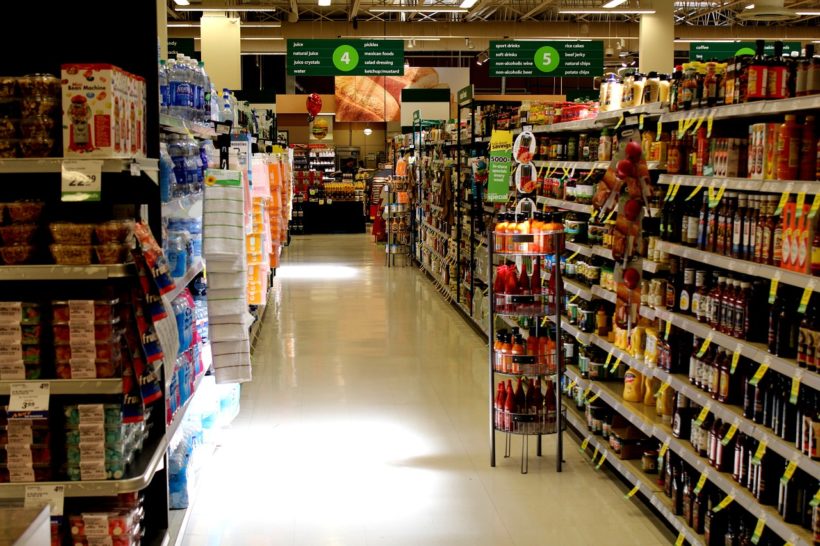
Reflects the impact of interest rates and surging inflation on consumers’ pockets
South Africa’s retail sales dropped 2.5% year-on-year in June, lower than market expectations, as power shortages and rising inflation sapped consumer confidence.
Analysts polled by Reuters had forecast a 0.4 percent increase. Statistics South Africa said on a month-on-month basis, sales were down 0.4% while for the three months to the end of June, sales rose 0.5% compared with the same period last year.
South Africa’s economic activity is slowing, weighed down by power cuts and rising interests as the central bank battles the country’s highest inflation in more than 13 years. The figures spell a dismal gross product quarter for the economy after both mining and manufacturing production surprised on the downside.
“We coming off [a] really high inflation (and) this has been partnered with a substantial increase within the prime interest rates,’’Liberty consumer economist Zandile Makhoba told CNBC Africa’s Fifi Peters on Power Lunch.
“That combination is having a significant impact on household balance sheets and definitely consumers are starting to dial down just in terms of what they are spending on.’’
According to Statistics South Africa, the biggest contributors to the decline were retailers in hardware, paint and glass with a drop of 8.6%. Pharmaceuticals, cosmetics and medical goods retailers saw a 4.3% loss while general dealers recorded a 5.7% dip.
“If we just look at the [consumer price index] CPI inflation numbers for the last month, all essential goods items went up substantially, from food to transportation. These are big line items in the household balance sheets which means there is a lot less to spend on other goods such as clothing and household products,” Makhoba said.
South Africa’s manufacturing output fell 3.5% year on year in June after falling by a revised 1.8% in May. The data showed factory production dropped 1.5% month on month in June. Mining production plunged 8 percent in the same month led by declines in precious metals.